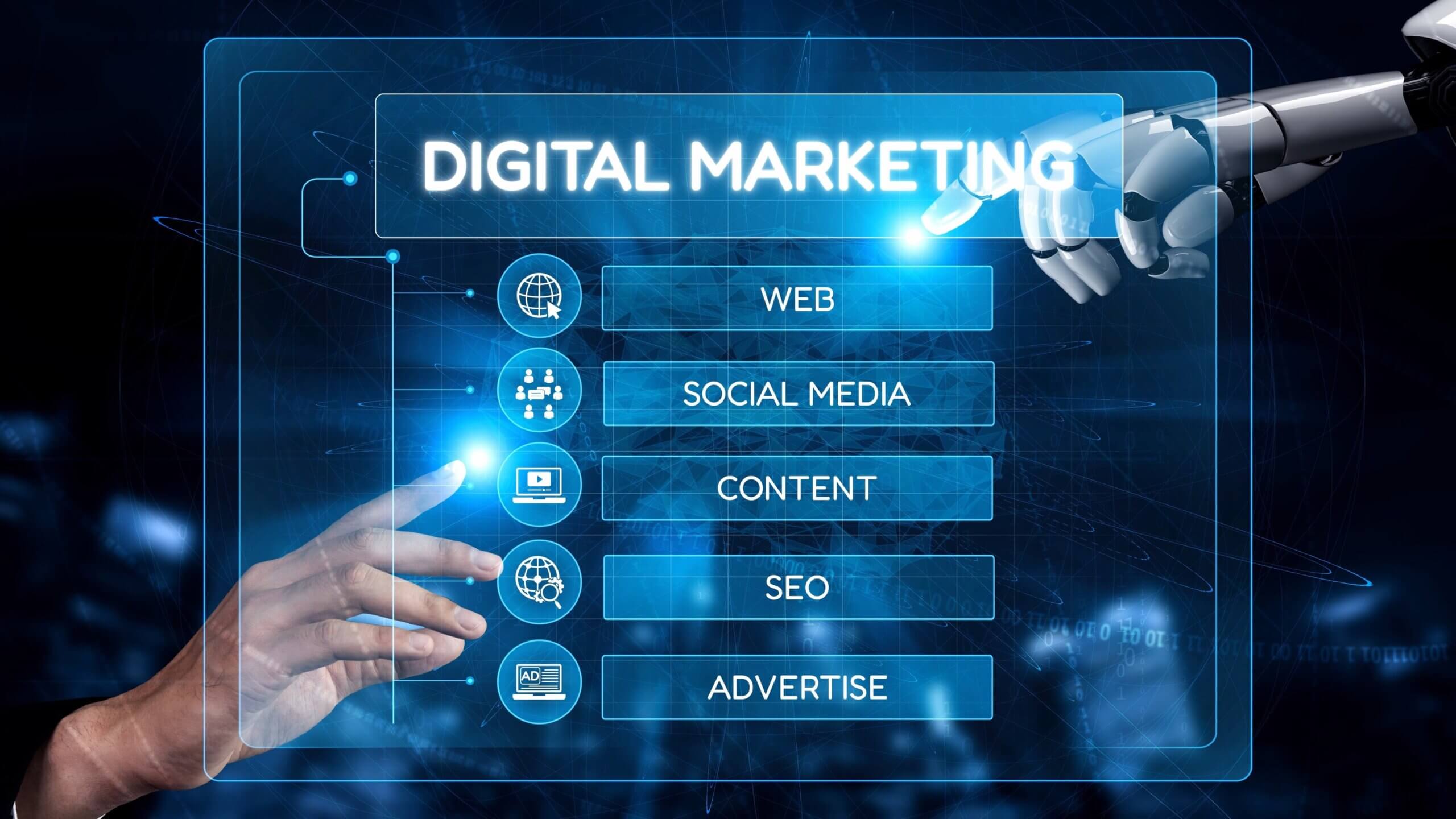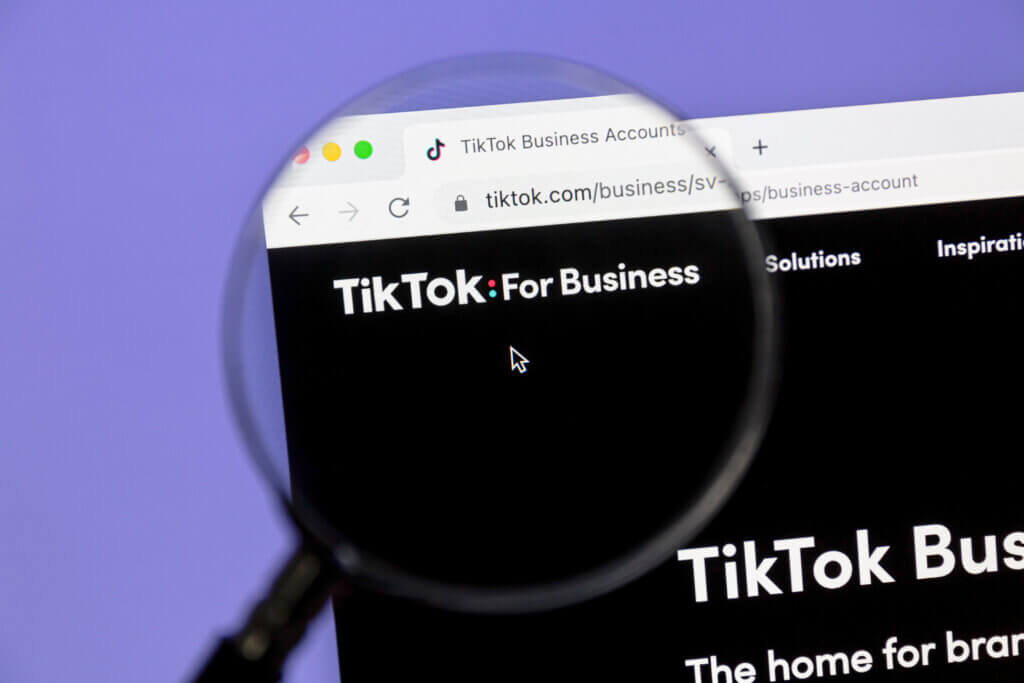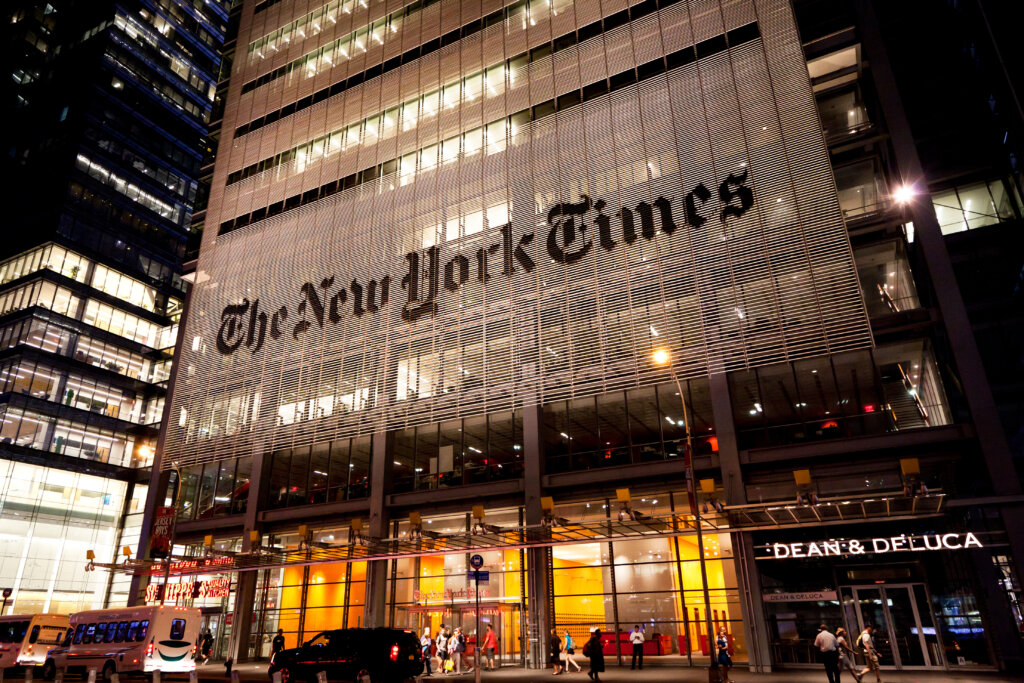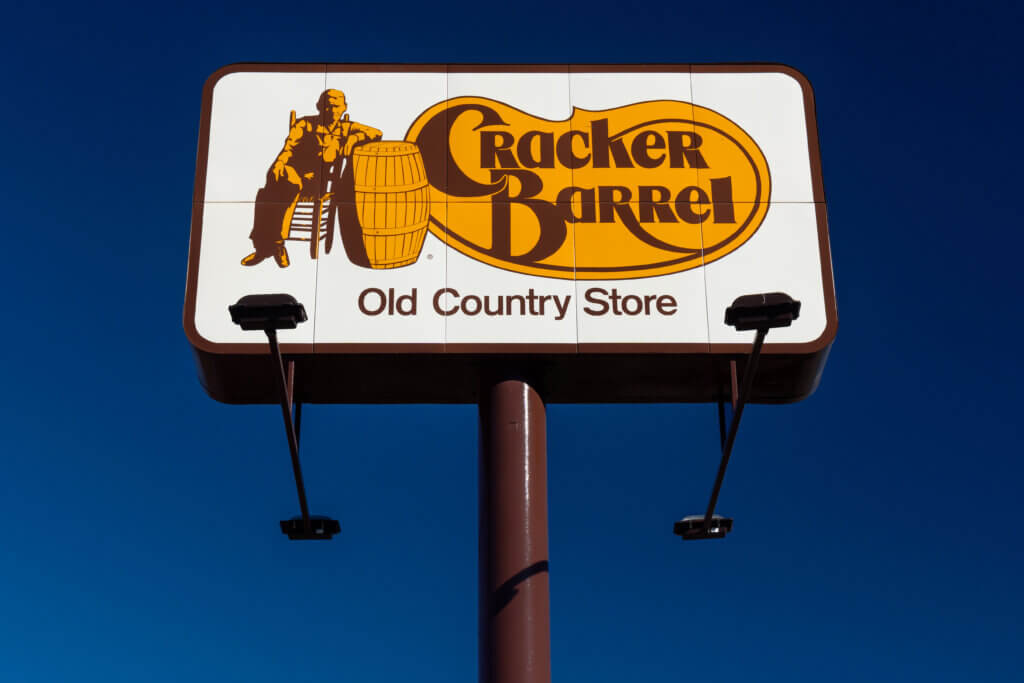If you’re planning a website overhaul and still thinking in terms of traditional SEO, you’re already behind. Google’s AI Overviews, ChatGPT, Perplexity, and voice search aren’t fringe tools anymore—they’re becoming the main way people find information. And in a lot of cases, they skip search links entirely.
If your content isn’t showing up in these answers, it might not be showing up at all.
1. From SEO to AEO, GEO, and AIO
We’re way past the days of chasing top-ten search rankings. Now it’s about being the answer that AI platforms surface.
Let’s break down the new acronyms:
- Answer Engine Optimization (AEO): Format content for direct answers. Think structured Q&As, clear headers, and helpful context.
- Generative Engine Optimization (GEO): Write content that large language models want to cite and summarize.
AI Optimization (AIO): Make your content easy for AI to parse, retrieve, and reuse—by keeping it semantically rich and structurally clean.
This isn’t hypothetical. According to Semrush, AI Overviews appeared in over 13% of U.S. desktop searches in March 2025, doubling since January. Meanwhile, when AI Overviews are triggered, they ignore the top organic result more than half the time.
2. People Aren’t Clicking Anymore
We’ve officially entered the zero-click era. According to Bain & Company, about 80% of users now rely on AI-generated summaries for at least 40% of their searches, and roughly 60% of searches don’t result in a single click. That’s a serious hit to traditional SEO strategies.
Big brands like Mailchimp and Back Market are already feeling the impact.
According to the Wall Street Journal, both saw sharp traffic declines and are now rethinking how their sites are built and optimized.
Optimize Your Brand’s Visibility in AI Search
3. What to Focus on Before You Redesign Your Site
Here’s what brand leaders need to prioritize before signing off on a new website:
Tech Stack
- Structured data and schema markup. Without it, AI tools won’t know what your content is about. It’s that simple.
- Speed and crawlability. Google recommends sub-2-second load times. Faster sites perform better with both search engines and AI.
Dedicated AI experiences. Some companies are even building subdomains (like ai.brand.com) to host AI-specific content and interactive experiences. It’s still early—but it’s a signal of where things are headed.
Example: When Avenue Z partnered with Lynq, a real-time settlement network, our team led everything from brand positioning and core messaging to full website design and development.
The goal was to take a highly technical infrastructure product and distill it into a modern, intuitive web experience that could educate institutional investors and drive adoption. We designed the site to scale, layering in blog content, partner pages, and conversion flows, all optimized for clarity, speed, and credibility. You can read the full case study here.
Content Structure
- Conversational Q&A. Think less “keyword stuffing” and more “how would a human ask this?”
- Build credibility. Google and OpenAI both favor content tied to real expertise. Add names, bios, credentials, citations.
Mix in multimedia. Tools like Gemini and ChatGPT are learning to process video, images, and audio. Richer content gives you more chances to be included.
Off-Site Signals
- Earn citations. AI models favor sources that are well-linked and well-cited across the web. Think Wikipedia-level authority.
- Show up where people are talking. Reddit posts, community forums, even social replies—these are all becoming trust signals for AI systems (NYT).
4. What Happens if You Skip AI Optimization?
It’s not just that you might miss out. You might actually fall behind.
- Bain found that some brands lost 15–25% of their organic traffic because AI summaries replaced the need to click.
- Authoritas reports that the content cited in AI Overviews changes constantly—around 70% of pages included rotate every 2 to 3 months.
- Legacy SEO metrics like CTR and keyword rank don’t tell you much about AI visibility. You need to track AI citations, answer box appearances, and voice assistant responses.
And if your agency is still just sending keyword reports, you’re not getting the full picture.
5. The New Optimization Checklist
| Phase | Focus | Key Actions |
|---|---|---|
| Audit | Visibility baseline | Check schema, crawlability, and whether AI is already picking you up |
| Optimize | Structure + speed | Add schema markup, improve performance, and rework copy into Q&A formats |
| Expand | Build authority | Secure credible backlinks, expert bylines, and off-site mentions |
| Track | Monitor performance | Use tools to measure AI citation frequency, answer snippet appearances |
Final Thought
This isn’t just a shift in marketing. It’s a shift in how people access and trust information.
AI Optimization isn’t just about ranking higher. It’s about being findable when people don’t even search the way they used to. You need to think like a search engine, write like a helpful assistant, and design for machines that interpret your site without ever clicking it.
At Avenue Z, we build AI-optimized sites that actually show up where it counts—on the tools people are already using.
Need help figuring out where you stand? Let’s talk. We’ll show you how to build a smarter, faster, AI-ready digital presence.
Optimize Your Brand’s Visibility in AI Search
Millions turn to AI platforms daily to discover and decide. Make sure they find your brand.






